They may look like sleepy teddy bears, but koalas are full of wild surprises. From their toxic diet to their tree-hugging lifestyle, koalas survive the Australian bush by breaking all the rules. They don’t drink much water, they barely move, and they eat leaves that would poison almost any other animal. Yet somehow, they thrive. It’s not laziness—it’s strategy. Every strange behavior serves a purpose, even if it looks downright ridiculous to us. Ready to find out why they bellow like monsters, snooze for 20 hours a day, and even take the occasional swim? These bizarre habits aren’t quirks—they’re survival skills in disguise.
Eucalyptus Diet
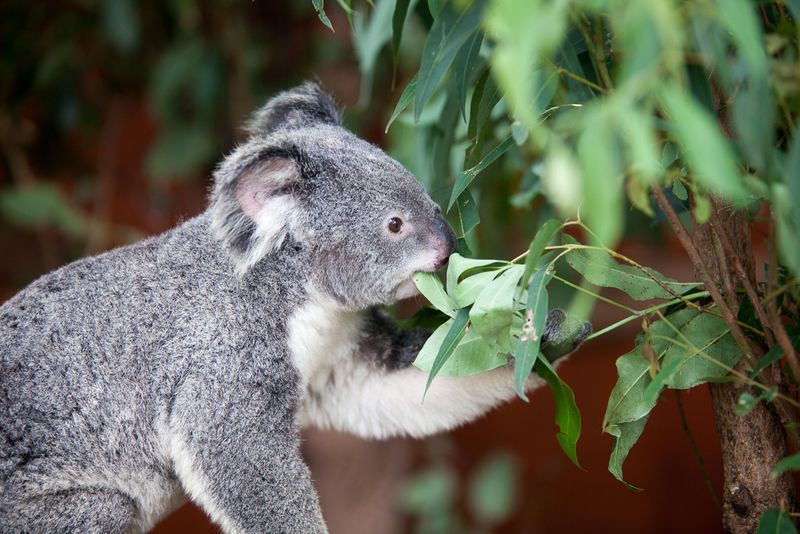
Koalas have an extraordinary ability to survive on a diet primarily composed of eucalyptus leaves, which are toxic to most animals. With a specialized digestive system, they detoxify these leaves, consuming up to a kilogram a day. This exclusive diet provides all the nutrients they need, though it’s low in calories. Interestingly, the koala’s slow metabolism enables it to conserve energy, allowing long periods of rest. This dependence on eucalyptus has made them adept at selecting the freshest leaves. Their keen sense of smell aids in this selection, ensuring optimal nutrition.
Sleeping Patterns
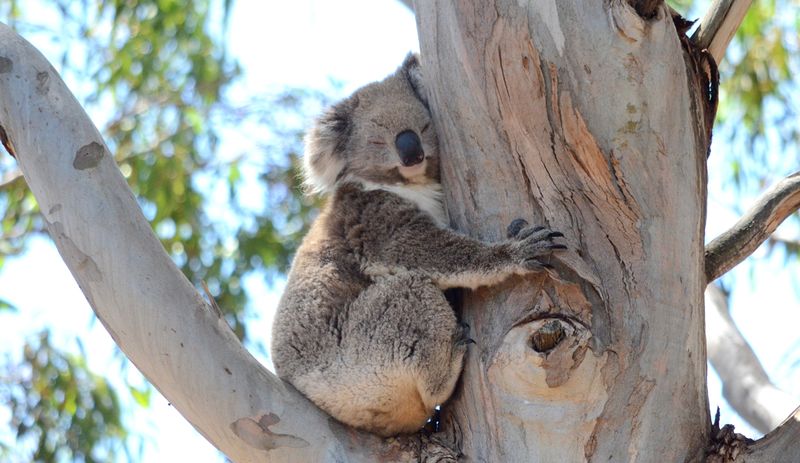
Most people are unaware that koalas sleep up to 20 hours a day. This excessive sleep is not just laziness; it’s a survival mechanism. The high fiber, low-calorie eucalyptus leaves require a lot of energy to digest, so resting helps conserve energy. Koalas have mastered the art of finding comfortable branches that support their weight while providing safety. They curl up into a ball, reducing exposure to cold and conserving body heat. The rest periods are also crucial for processing their toxic diet effectively.
Picky Eaters
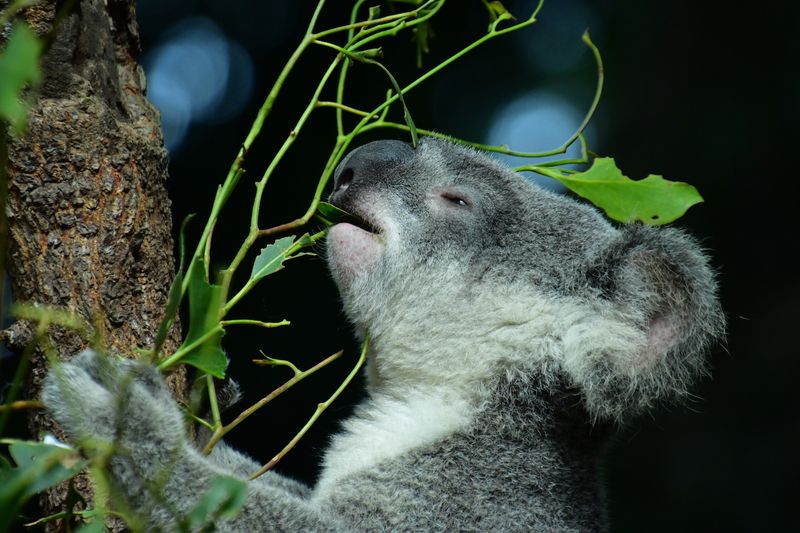
Koalas are known to be extremely selective eaters, choosing only certain eucalyptus leaves. There are over 600 species of eucalyptus, yet koalas prefer only about 30. This pickiness ensures they ingest leaves with optimal nutritional value and lower toxin levels. Their selection process involves sniffing and feeling the leaves, using their sharp senses to find the best ones. This behavior not only aids in their nutritional intake but also allows them to adapt to changes in leaf availability due to seasonal variations.
Water Conservation
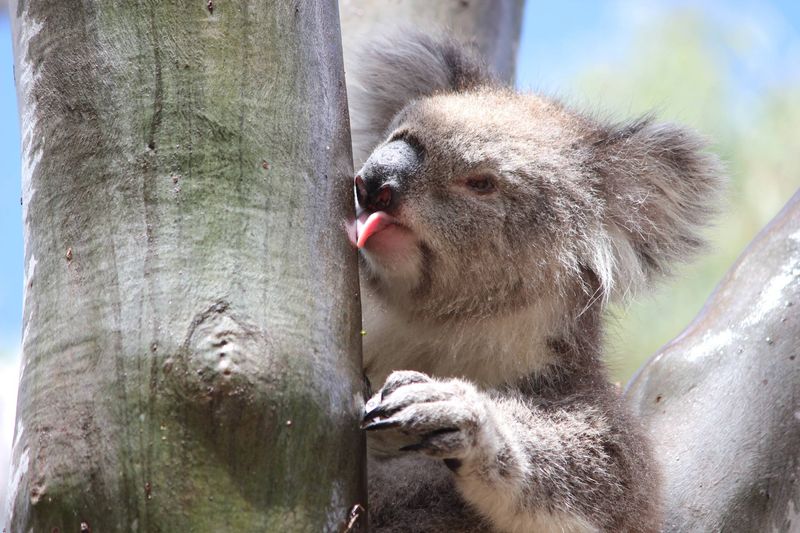
Koalas rarely drink water, obtaining most of their hydration from eucalyptus leaves. During droughts or heatwaves, they may drink from natural water sources. However, their bodies are incredibly efficient at conserving water. Their kidneys filter waste more effectively, minimizing water loss. In times of need, koalas have been observed licking tree bark to collect rainwater. This behavior showcases their adaptability to Australia’s variable climate. By staying hydrated through leaf moisture and occasional rainfall, koalas ensure they remain resilient against environmental challenges.
Vocal Communication
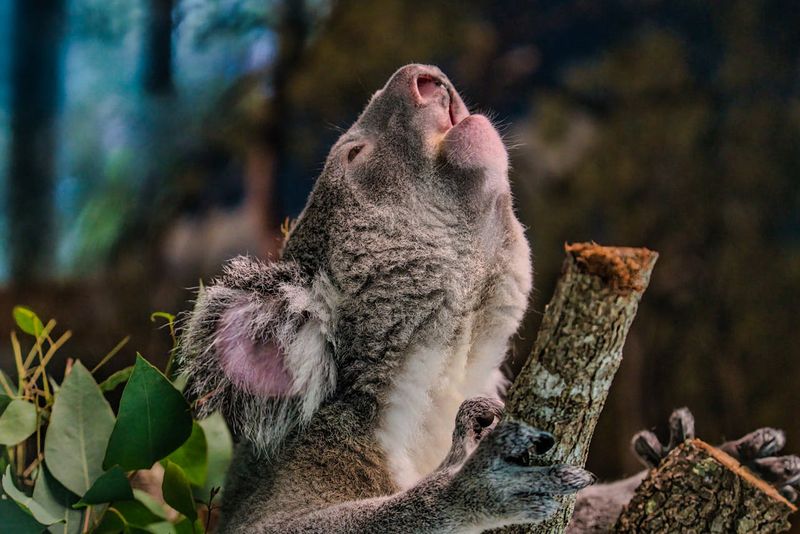
Despite their quiet nature, koalas communicate vocally in unique ways. Males produce deep bellows to establish territory and attract females during the breeding season. These vocalizations are effective over long distances, an adaptation for their solitary lifestyle. The sounds help in identifying individual koalas, deterring potential rivals. Female koalas make softer calls, ensuring the safety of their young. This vocal communication is crucial for social interactions, mate selection, and establishing dominance in their environment. It is an essential tool for survival within the dense eucalyptus forests.
Strong Climbing Skills
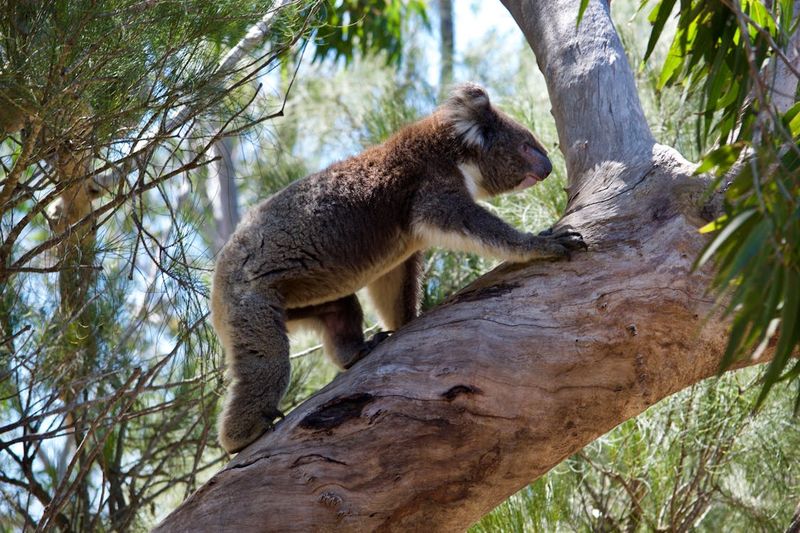
Koalas are expert climbers, spending most of their lives in trees. Their strong limbs and sharp claws enable them to grip tree bark securely. Climbing abilities are vital for accessing food and avoiding ground predators. Koalas use their powerful legs to leap between branches, reducing energy expenditure. This agility allows them to escape danger quickly. Their climbing skills are honed from a young age, as joeys learn by clinging to their mothers. This early practice ensures that they grow into adept climbers, capable of navigating the treetops with ease.
Scent Marking
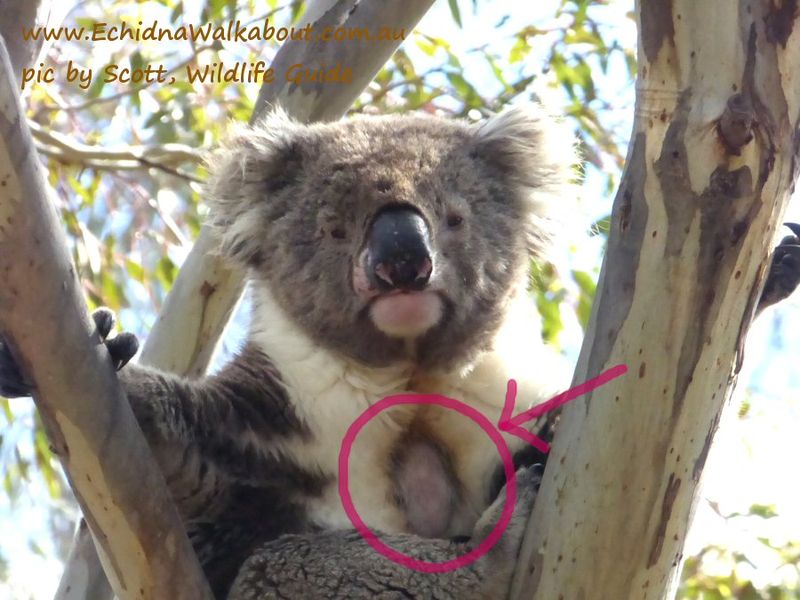
Koalas have a unique way of marking their territory through scent. Males have a gland on their chest that secretes a strong-smelling substance. By rubbing against trees, they leave behind their scent, communicating their presence to other koalas. This behavior helps in establishing territory and deterring rivals. It also plays a role in attracting females during the breeding season. Scent marking is a non-aggressive way to maintain social structure within the population. This olfactory communication is crucial in their solitary lifestyle, ensuring personal space and mating opportunities.
Parental Care

Koala mothers exhibit remarkable parental care, nurturing their young, known as joeys, with dedication. After birth, a joey stays in the mother’s pouch for about six months before transitioning to her back. This period is crucial for learning survival skills. The mother imparts knowledge about food selection and climbing. She provides warmth and protection, ensuring the joey’s growth and development. This nurturing behavior ensures the survival of the next generation. The bond between mother and joey is vital, fostering a secure environment for the young koala to thrive.
Eucalyptus Oil Production
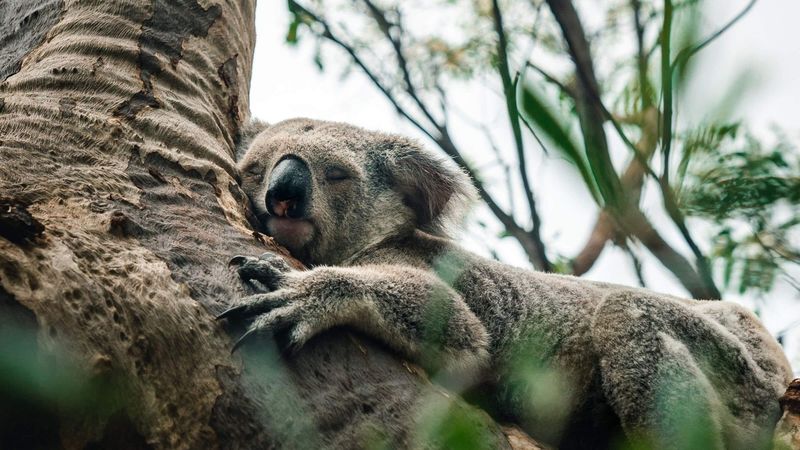
A fascinating aspect of koalas is their role in the ecosystem as they aid in the production of eucalyptus oil. By feeding on eucalyptus leaves, koalas help in pruning the trees. This process encourages the trees to produce more leaves and oil. The oil is a natural deterrent against pests and diseases, promoting healthy forest growth. Koalas indirectly contribute to this ecological balance, supporting biodiversity. Their feeding habits ensure that the eucalyptus trees remain robust, providing a habitat for other species in the ecosystem.
Adaptation to Fire
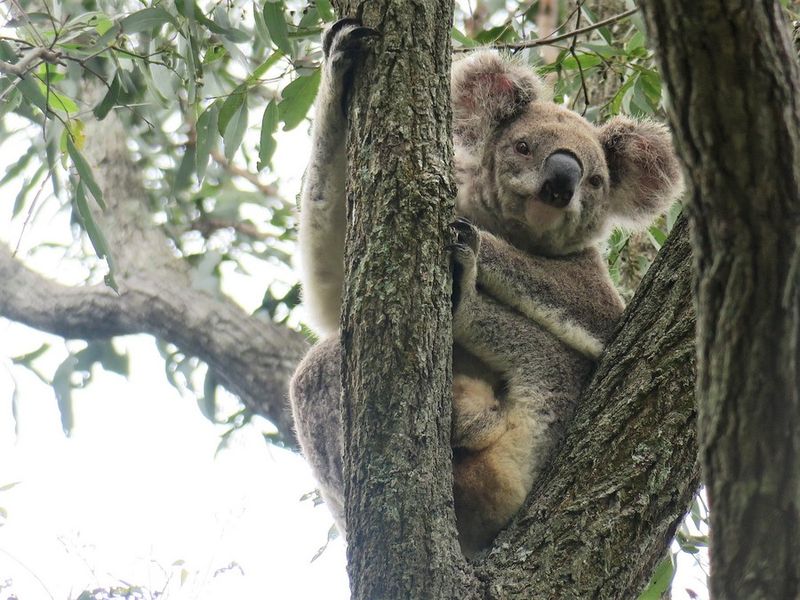
Koalas have evolved to adapt to fire-prone environments, a necessity in Australia’s landscape. Their instincts guide them to climb higher into trees during fires, seeking refuge from the flames. After fires, they are among the first to return, consuming new growth from sprouting eucalyptus. This rapid adaptation helps in regeneration. Koalas’ thick fur provides some protection against heat. Additionally, their ability to survive on moisture-rich leaves aids in enduring post-fire conditions. This resilience is essential for their survival, allowing them to thrive despite frequent bushfires.
Thermoregulation

Koalas are adept at regulating their body temperature, an essential skill in Australia’s varying climate. In hot weather, they sprawl on tree branches to dissipate heat. Their fur, though thick, insulates against cold and heat. Koalas adjust their position to avoid direct sunlight, conserving energy. During cooler temperatures, they curl up, preserving body warmth. This behavior ensures they maintain a stable body temperature, crucial for survival. Efficient thermoregulation allows koalas to remain active and healthy, despite the extreme weather conditions they often face.

